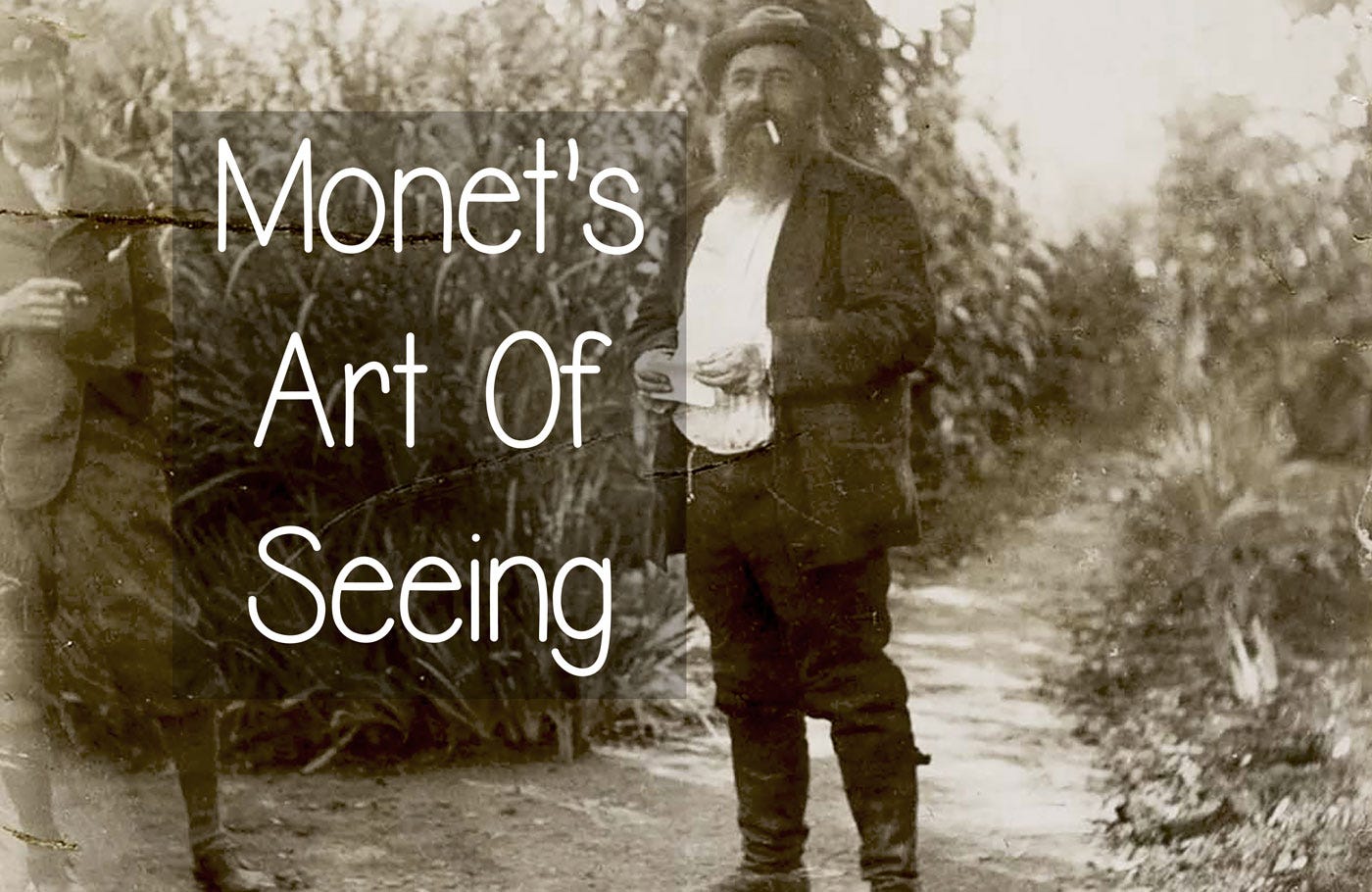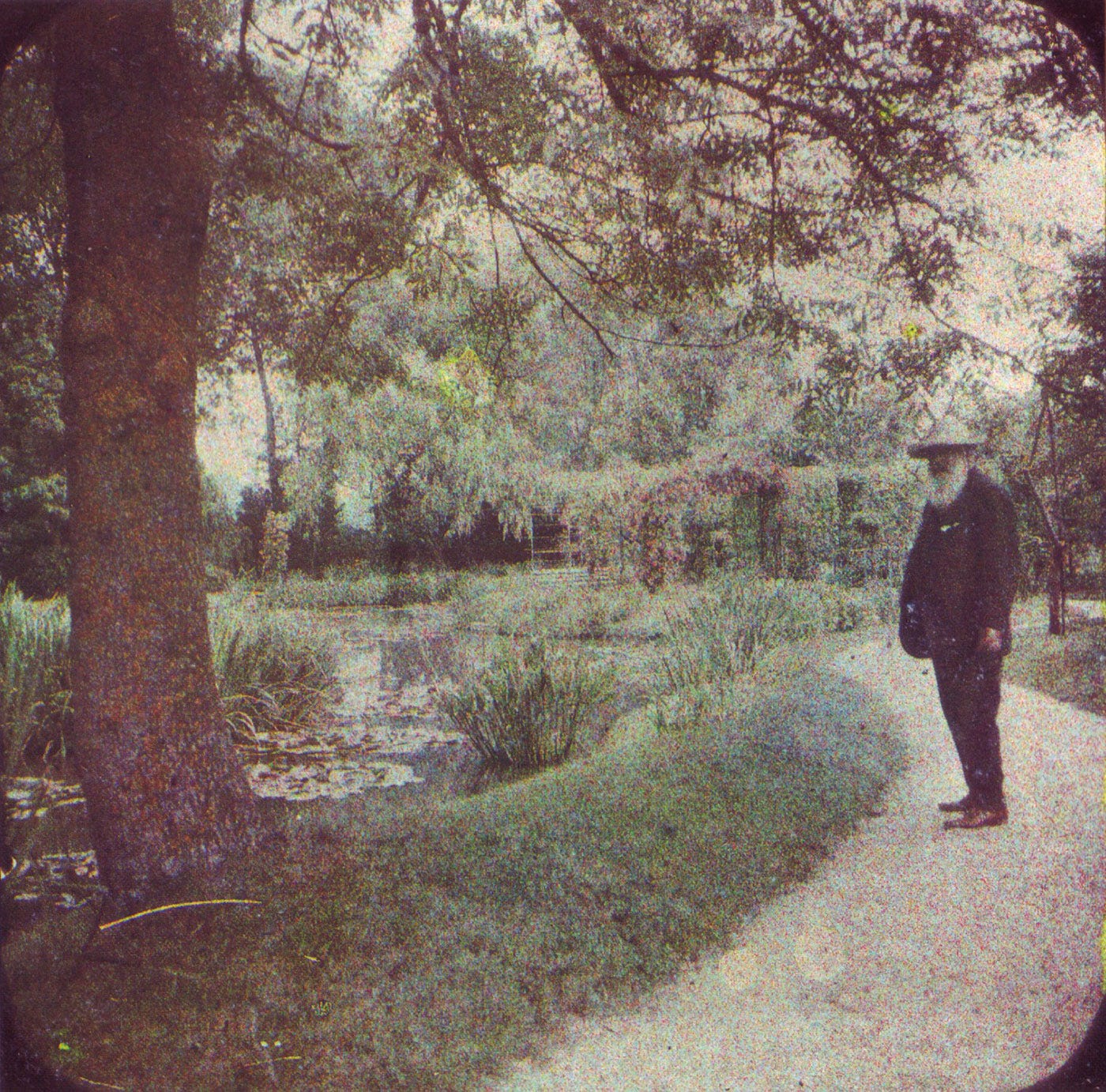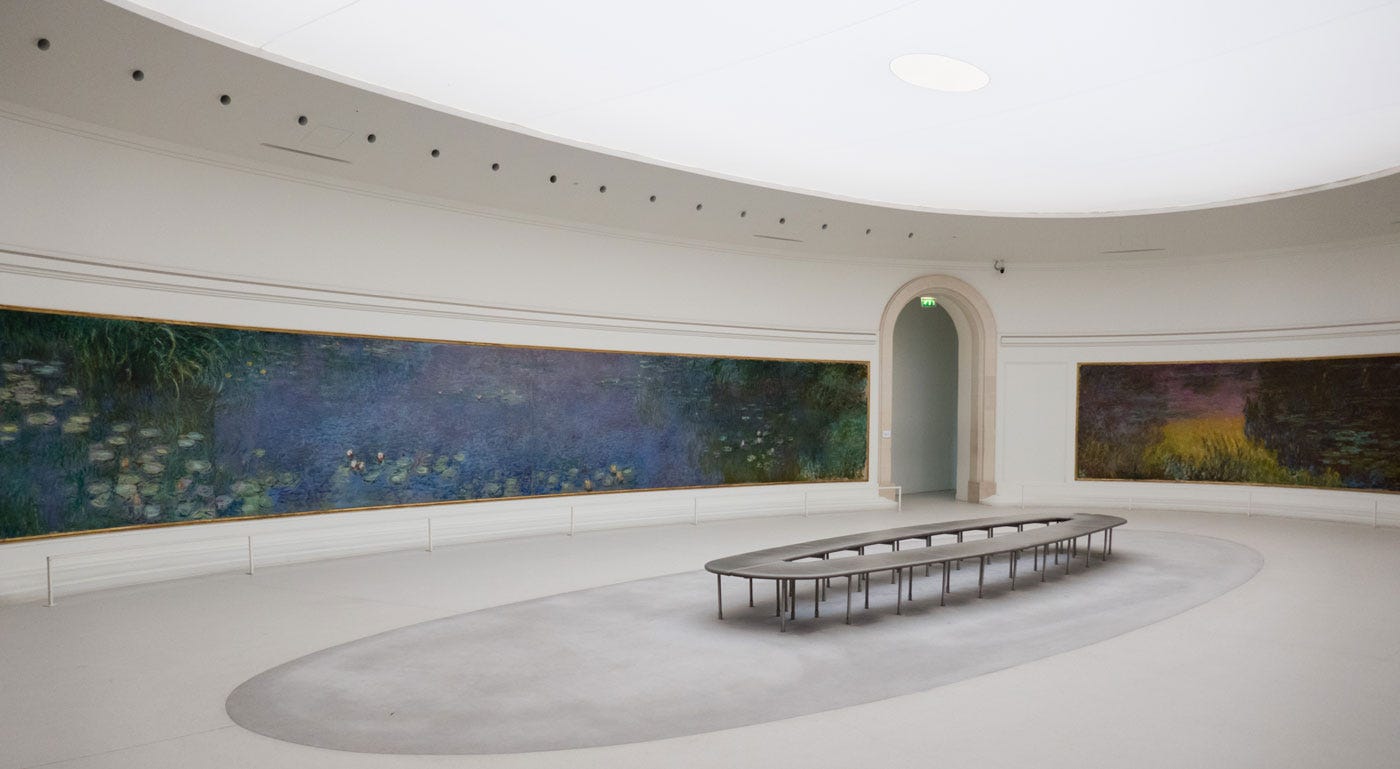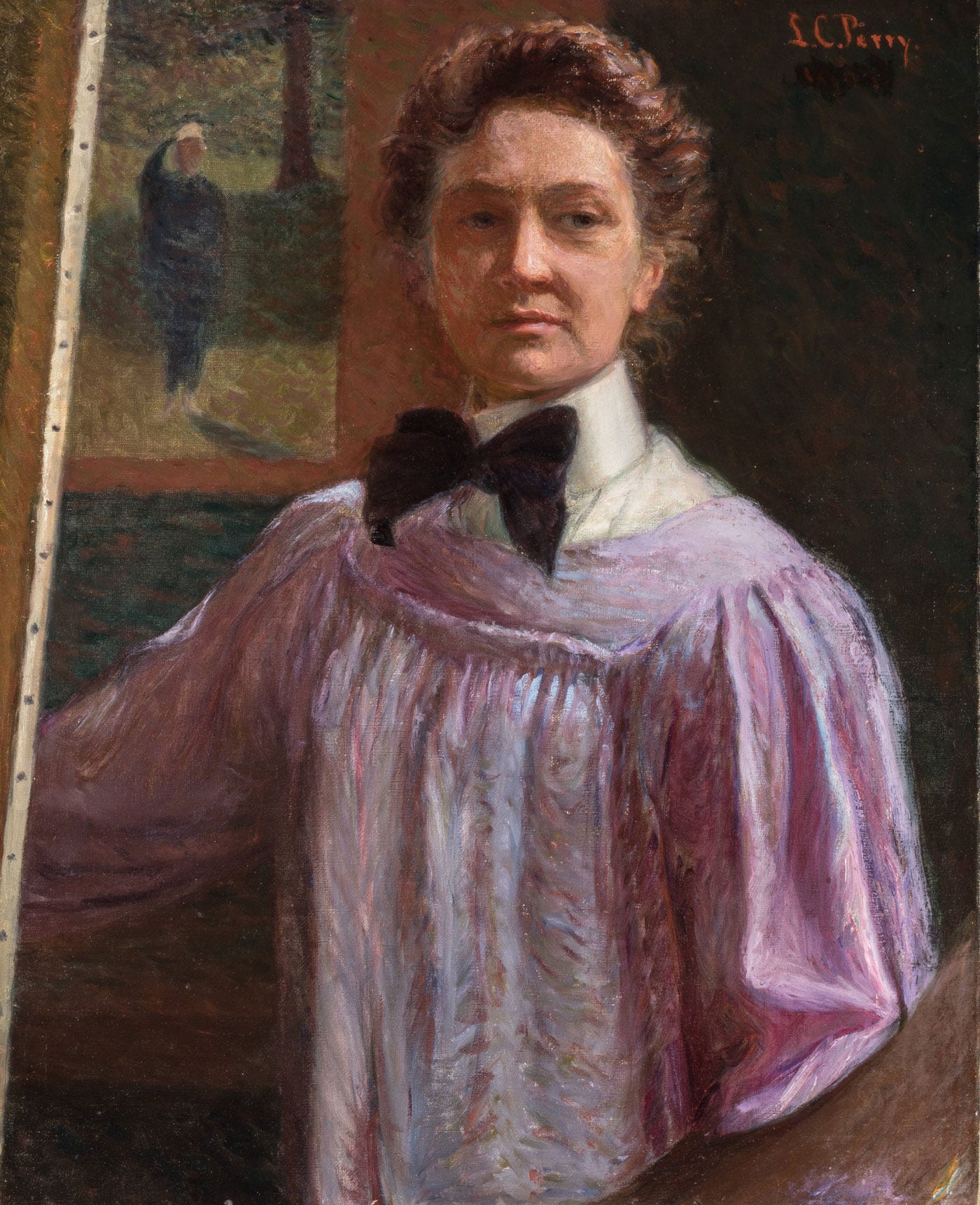For this Moment of Wonder, we discuss Monet.
You already know him as the leader of the Impressionists and as a great artist, which he certainly was.
The question we should ask is why?
What makes Monet great? The sense of color? The brushwork? The nearly abstract water lilies series?
What about something far more subtle, the sense of awe at a seemingly simple thing, seeing?
To understand what that means, let us hear what Monet told a friend, Lilla Cabot Perry.
"He said he wished he had been born blind and then suddenly gained his sight so that he could have begun to paint in this way without knowing what the objects were that he saw before him.
Monet's philosophy of painting was to paint what you really see, not what you think you ought to see."
Imagine being born blind and then gaining sight. You would be overwhelmed by light and color.
Be like a baby, amazed at seeing his hand but with the IQ of an adult.
Monet was doing that at Giverny, walking up and down his garden, around the water garden—the lily pond.
When he asked local authorities for the authorization to carve a pond, his argument was:
"This is only a thing for delight, eye's pleasure, and also a motif to paint."
Motif means something 'to paint on the spot.'
Observing that the color of the leaves and petals altered each minute of every day. That the reflections on the pond are constantly changing.
Please take a moment to contemplate that he did spend thirty years looking at that pond!
Another thing Monet told her was about a painting of trees:
"The effect lasted only seven minutes, or until the sunlight left a certain leaf."
Looking at something intensely for seven minutes!
When was the last time you took the time to look at something for seven minutes?
TikTok vs. Monet’s water lilies
Recently, while seated in the Water Lilies room at the Orangerie—one of the greatest paintings I have ever seen—the guy seated next to me was on TikTok, looking at kittens.
I can understand looking at videos of kittens while stuck in the subway, but in front of a masterpiece?
In this age when people 'see' paintings behind a small rectangular screen, let me tell you another experience that illustrates how this sense of awe at seeing works.
Every day, it is different!
I was talking to an employee of a fancy hotel near the Pont Neuf, Paris' oldest bridge.
She told me that on her way to work every day, she walked across the bridge, which offers one of Paris' most outstanding views.
"Every time, I stop, and look. Every day, it is different."
I smiled widely and told her, "You just defined what art is."
This is what Moments of Wonder is about, feeling awe thanks to art & travel.
Source
Lilla Cabot Perry learned to paint in her thirties. After discovering Monet's art, she and her husband rented the house next to Monet's at Giverny.
They became friends, and Monet popped in occasionally to smoke a cigarette while discussing art with a fellow painter. The conversations she had with him are told in an article she wrote in his memory:
Reminiscences Of Claude Monet From 1889 To 1909, By Lilla Cabot Perry; The American Magazine Of Art, Vol. 18, No. 3, March 1927.








